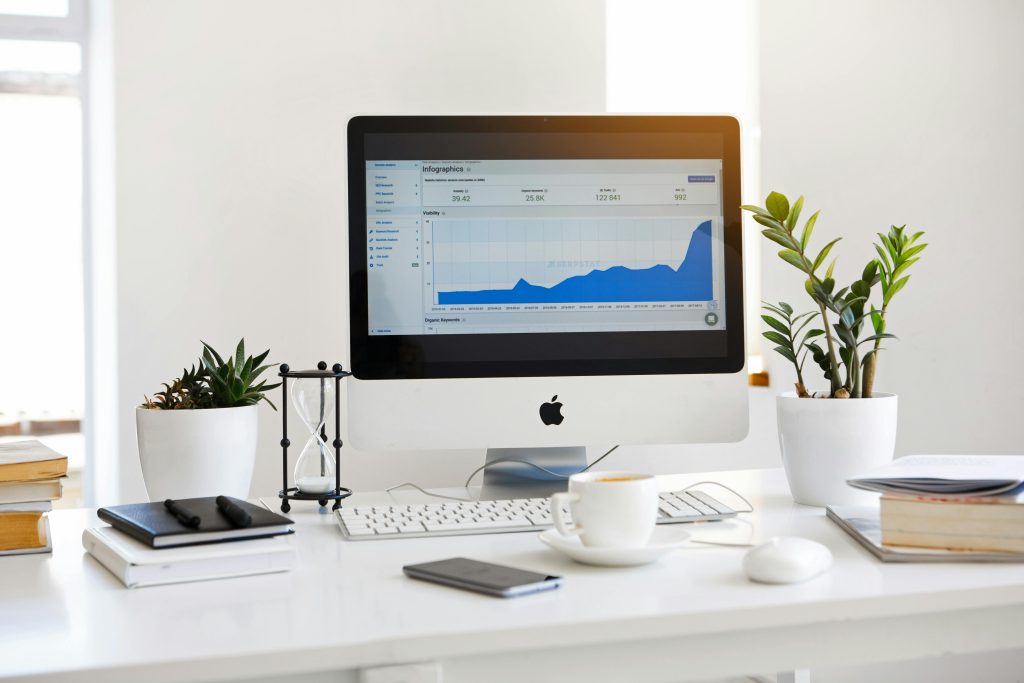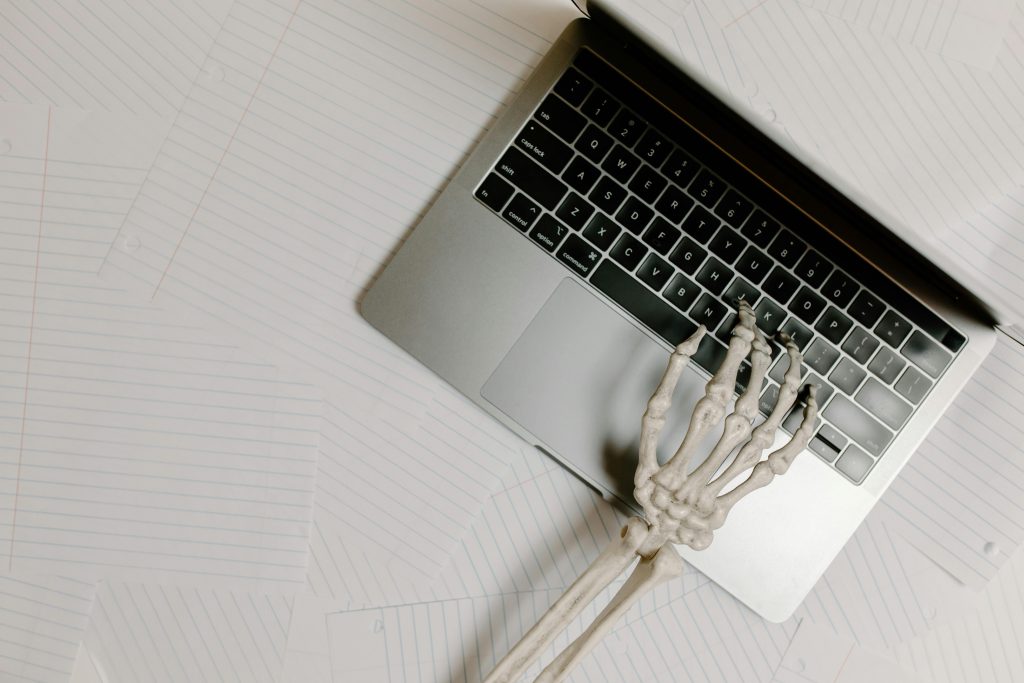Introduction
In today’s fast-evolving work environment—whether you’re in a bustling office, working remotely, or running your own business—productivity is more than just getting things done. It’s about doing the right things efficiently, sustainably, and with a sense of purpose. Enhancing your professional life doesn’t require a complete overhaul—it starts with small, strategic changes that compound over time.

In this post, we explore practical, proven strategies to boost productivity, reduce burnout, and bring more focus and fulfilment into your workday. Whether you’re a busy professional, manager, or freelancer, these techniques will help you thrive—not just survive—in the modern workplace.
1. Set Clear, Purpose-Driven Goals
Productivity without direction can lead to burnout. Start by defining what you’re working toward—and why.
Tips to clarify your goals:
- Break down long-term objectives into weekly or daily actions
- Use SMART goals (Specific, Measurable, Achievable, Relevant, Time-bound)
- Revisit your goals monthly to realign with shifting priorities
Why it works:
Clarity creates motivation. When you understand how today’s tasks contribute to your larger mission, you’re more likely to stay focused and engaged.
2. Master the Art of Prioritisation
Not all tasks are created equal. Emotionally intelligent professionals know when to say “no” to the noise and focus on high-impact work.
Frameworks that help:
- Eisenhower Matrix: Categorise tasks by importance and urgency
- 80/20 Rule (Pareto Principle): Focus on the 20% of tasks that deliver 80% of results
- MITs (Most Important Tasks): Identify your top 1–3 tasks each morning

Pro tip: Time block your calendar to protect your focus hours.
3. Design a Workspace That Works for You
Your environment plays a major role in how productive (or distracted) you are throughout the day.
Optimise your workspace by:
- Reducing clutter and digital noise
- Using noise-cancelling headphones or focus playlists
- Incorporating natural light and ergonomic furniture
- Keeping essentials within arm’s reach
Remote workers: Set boundaries between work and leisure zones, even if you’re working from a small space.
4. Leverage Technology—But Mindfully
Technology can supercharge productivity—or sabotage it, if misused. The key is to use tools that streamline, automate, or eliminate busywork.
Tools to consider:
- Task managers: Todoist, Asana, Trello
- Time trackers: Clockify, RescueTime
- Automation: Zapier, IFTTT for repetitive tasks
- Focus apps: Forest, Freedom to reduce distractions

Tip: Audit your tech stack every few months. If a tool adds friction instead of value, let it go.
5. Build Micro-Habits for Big Impact
Lasting productivity comes from habit, not motivation. Micro-habits—small actions repeated consistently—are the backbone of high performance.
Habits to adopt:
- Start the day with a 10-minute planning ritual
- Use the 2-minute rule: If it takes under 2 minutes, do it now
- Take structured breaks (e.g., Pomodoro Technique: 25 mins work, 5 mins rest)
- Reflect and journal weekly on what’s working—and what’s not
Why it works:
Small habits are easier to maintain and stack together for exponential productivity.
6. Communicate Effectively and Intentionally
Clear, concise communication saves time, reduces misunderstandings, and builds trust with colleagues and clients.
Best practices:
- Use tools like Slack or Teams for quick updates, not deep discussions
- Default to face-to-face (in person or video) for sensitive topics
- Set expectations early in emails—what you need and by when
- Overcommunicate timelines, especially in remote teams
Bonus: Practice active listening to improve collaboration and reduce rework.
7. Focus on Energy Management, Not Just Time
The most productive people don’t just manage their hours—they manage their energy. Productivity peaks when you’re mentally sharp, physically energised, and emotionally grounded.

How to manage energy:
- Take short breaks every 90 minutes
- Eat balanced meals that sustain focus (avoid the sugar crash)
- Stay hydrated and move regularly
- Avoid multitasking—it drains mental resources
Remember: It’s not about doing more—it’s about doing what matters, when you’re at your best.
8. Learn to Disconnect (Without Guilt)
True productivity includes recovery. Taking time off isn’t a luxury—it’s essential for long-term focus, creativity, and well-being.
Tips to disconnect:
- Set a hard stop to your workday and stick to it
- Use “Do Not Disturb” features during downtime
- Schedule time for hobbies, family, or nature
- Take holidays regularly—even short ones—to recharge
Work smarter, not longer is more than a catchphrase—it’s a mindset.
Conclusion
Enhancing your professional life isn’t about hustle culture or endless to-do lists—it’s about working with clarity, intention, and balance. By adopting smart productivity habits, setting boundaries, and staying aligned with your goals, you’ll not only perform better—you’ll feel better too.
Next step:
Choose one area from this list to focus on this week. Make a small change. Track the results. Then build from there—one habit, one tool, one win at a time.


